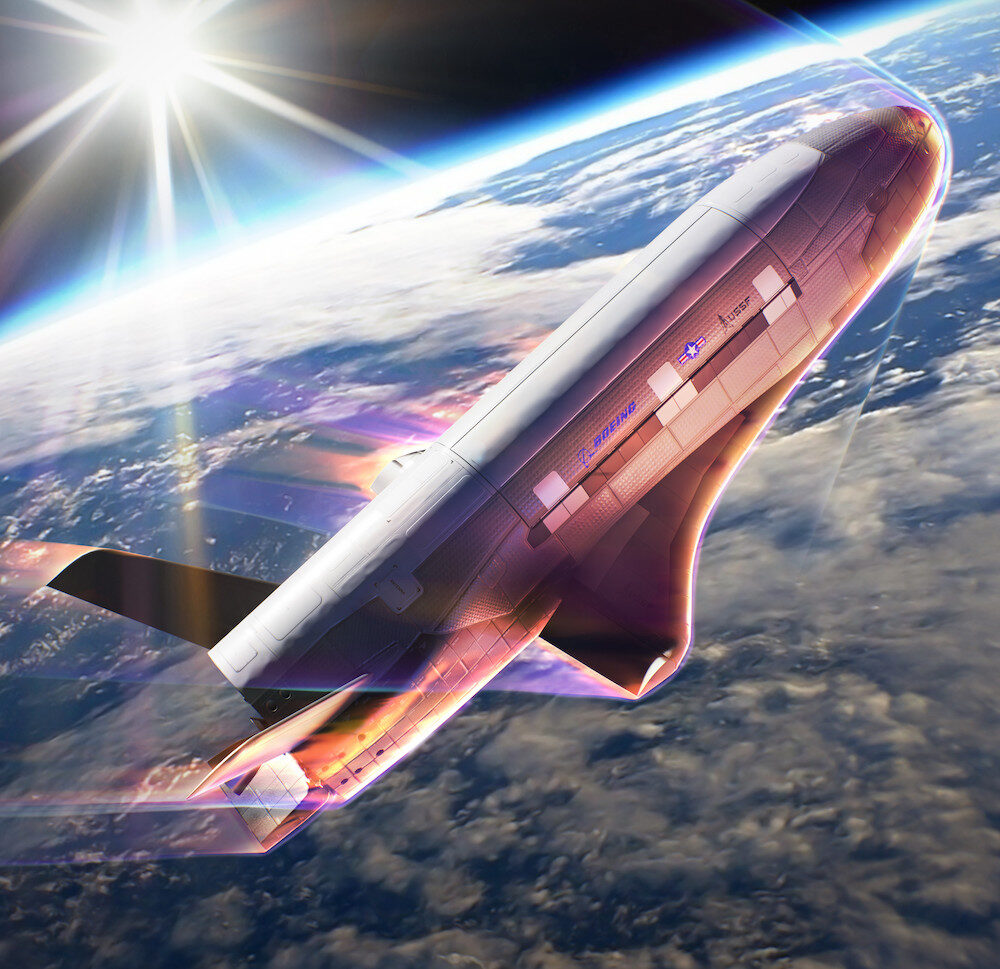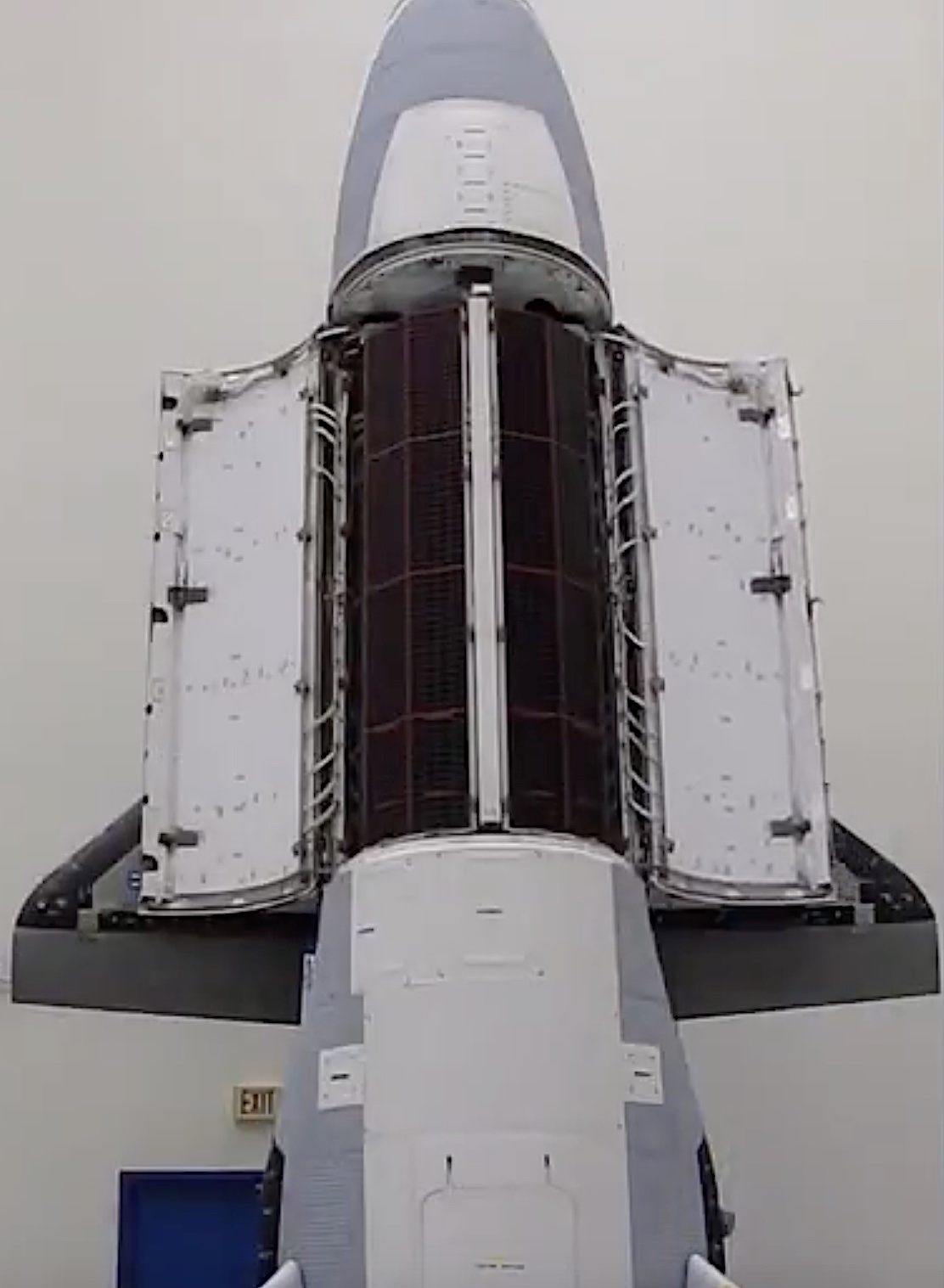X-37B spaceplane’s aerobraking maneuvers could lower orbit without using much fuel.

After spending over nine months in an unusual elliptical orbit, the US military’s secretive X-37B spaceplane is preparing to gradually lower its altitude using a process called aerobraking. This maneuver will enable the spaceplane to reduce its speed by passing through the thin layers of Earth’s upper atmosphere without expending much fuel. The Space Force announced this as part of a plan to ensure the X-37B’s safe return to Earth and prevent space debris accumulation from its jettisoned service module.
A Novel Aerobraking Technique
Aerobraking is a technique in which a spacecraft uses atmospheric drag to slow down, allowing it to change its orbit without using excessive amounts of fuel. For the X-37B, the purpose is twofold: it reduces the spacecraft’s speed and altitude, and it ensures the safe disposal of the service module, a part of the craft designed to carry additional payloads. The Space Force doesn’t want the service module to remain in orbit as space debris, so it will be jettisoned before reentry.
The Space Force called this aerobraking maneuver “novel” and stated that it will allow the X-37B to safely complete its mission, which has been ongoing since its launch aboard a SpaceX Falcon Heavy rocket on December 28. Once the aerobraking is finished, the X-37B will resume its experiments before finally deorbiting and landing, just as it has done on six prior missions.

Space Force’s Focus on Mobility in Orbit
This mission marks a key milestone for the Space Force, which is focused on achieving greater mobility in orbit for future space missions. Current satellites are limited in their movement due to the fuel they carry, but military leaders envision a future where spacecraft can move freely between orbits without worrying about fuel consumption. Aerobraking is one way to achieve this goal, as it allows spacecraft to adjust their orbits without depleting valuable fuel reserves.
Gen. Chance Saltzman, the chief of space operations for the Space Force, emphasized the importance of the X-37B’s aerobraking maneuver, calling it an “important milestone” in the development of space mobility.
The Secretive X-37B Mission
While the X-37B’s aerobraking plans have been announced, much about the mission remains classified. The Pentagon rarely provides updates during an X-37B flight, and specifics about its activities in space are kept secret. However, the Space Force did reveal that the X-37B has been conducting radiation experiments and testing space domain awareness technologies. These activities have taken place in a highly elliptical orbit that brings the spacecraft through the Van Allen radiation belts and near various US and foreign satellites.

In previous missions, the X-37B has tested new space technologies, including a Hall-effect ion thruster, and has deployed small military satellites. The spaceplane is not designed to carry people, and its cargo bay, which is about the size of a pickup truck bed, is used to carry experimental payloads.
In summary, the X-37B’s mission highlights the Space Force’s growing capabilities in space, with aerobraking providing an efficient way to return the spaceplane to Earth while maintaining fuel reserves and avoiding space debris.



